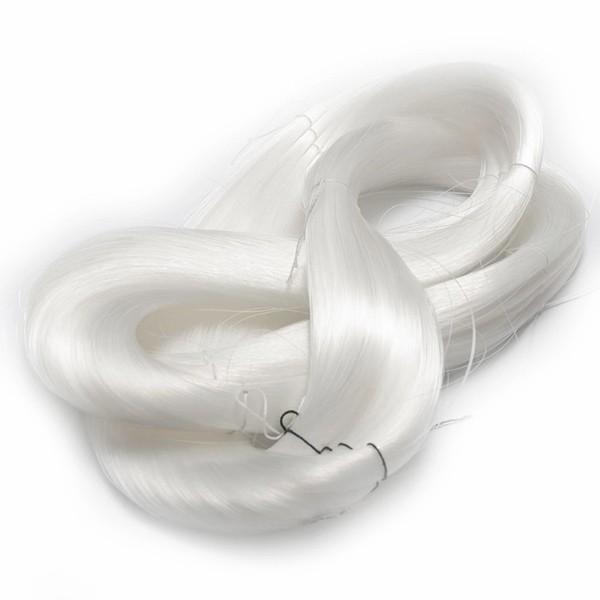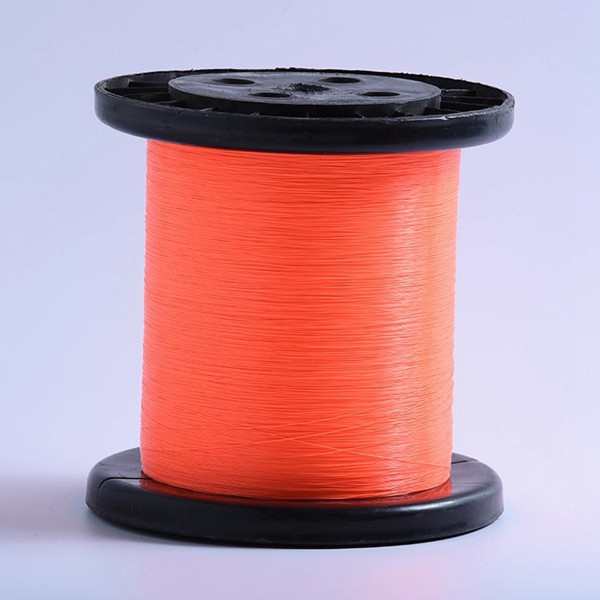Welcome!







High Quality 0.5-6mm Virgin PE/Polyethylene/Nylon/Plastic/Thread Monofilament Twisted Twine for Europe Markets
Product Description
Although nylon fishing lines have a certain degree of elasticity, excessive stretching can lead to a decrease in their performance and even fracture. Therefore, it is necessary to avoid excessive force during fishing. Nylon fishing lines that have been used for a long time or have been subjected to significant impacts may experience wear or aging, and require regular replacement to ensure their performance. Nylon fishing lines should be stored in a dry and cool place, avoiding direct sunlight and high temperature environments to extend their service life.

Nylon fishing lines are mainly made of nylon fibers, which have excellent strength and durability. Nylon fishing lines can withstand high tension and are not easily broken, allowing anglers to catch larger and heavier fish. Nylon fibers have excellent wear resistance, allowing fishing lines to remain intact in friction with objects such as rocks and branches.

Nylon thread has become an indispensable material in many fields such as textiles, fisheries, and outdoor sports due to its excellent durability, tensile strength, and lightweight characteristics. This article will provide a detailed introduction to the characteristics, production process, application fields, and important role of nylon thread in modern society. Nylon fishing lines have good resistance to water and are not easy to absorb water and expand, thus maintaining their original strength and performance.

The production process of monofilament hemp thread includes multiple steps such as picking, soaking, degumming, breaking, screening, cleaning, refining, etc. of hemp fibers. Firstly, harvest mature hemp stems and soak them in suitable temperature and humidity conditions to soften the fibers and remove impurities. Next, degumming treatment is carried out to remove the gum substance on the surface of the hemp fiber, improving the softness and purity of the fiber. Then, the fibers are peeled off from the stem by mechanical or chemical methods, and screened and cleaned to remove impurities. Finally, the refined fibers are fed into a spinning machine for spinning, forming a single filament hemp thread.


Recommended Products
Recently Viewed
 Factory Price Fishing Reels Super Strong Level Fishing Nylon Line Monofilament Nylon Fishing Rod for Fish Net
Factory Price Fishing Reels Super Strong Level Fishing Nylon Line Monofilament Nylon Fishing Rod for Fish Net Wholesale 0.5-6mm Virgin PE/Polyethylene/Nylon/Plastic/Thread Monofilament Twisted Twine for Europe Markets
Wholesale 0.5-6mm Virgin PE/Polyethylene/Nylon/Plastic/Thread Monofilament Twisted Twine for Europe Markets Wholesale 0.34mm Fishing Line Fish Twine Monofilament Nylon Fishing Line for Fish Net
Wholesale 0.34mm Fishing Line Fish Twine Monofilament Nylon Fishing Line for Fish Net High Quality Fishing Reels Super Strong Level Fishing Nylon Line Monofilament Nylon Fishing Rod for Europe Markets
High Quality Fishing Reels Super Strong Level Fishing Nylon Line Monofilament Nylon Fishing Rod for Europe Markets Hot Sale 0.5-6mm Virgin PE/Polyethylene/Nylon/Plastic/Thread Monofilament Twisted Twine for Europe Markets
Hot Sale 0.5-6mm Virgin PE/Polyethylene/Nylon/Plastic/Thread Monofilament Twisted Twine for Europe Markets
Contact Us
Shaoxing Global Chemical Fiber Co., Ltd.

